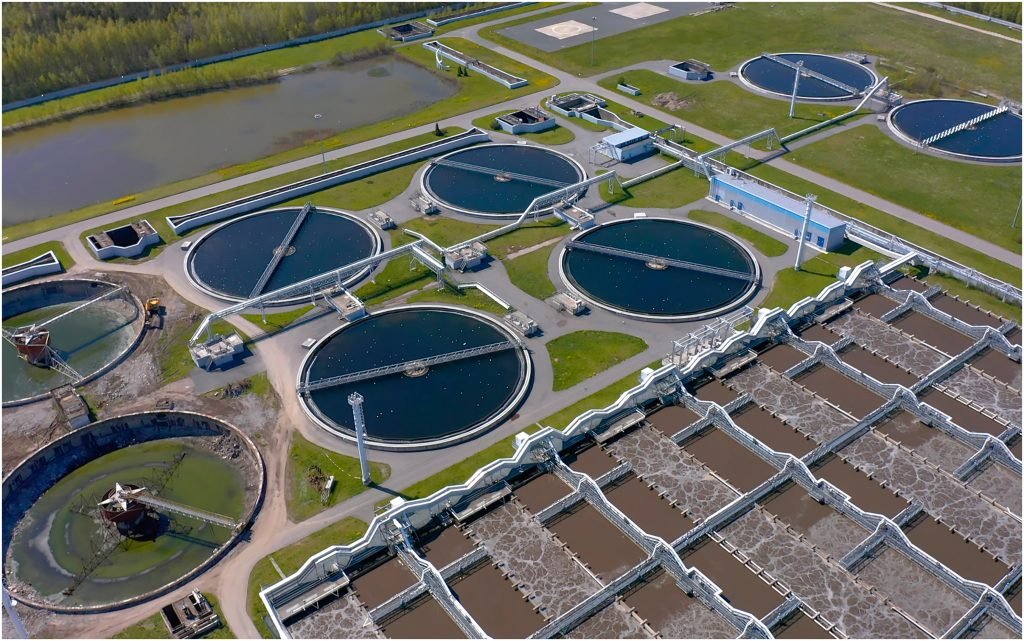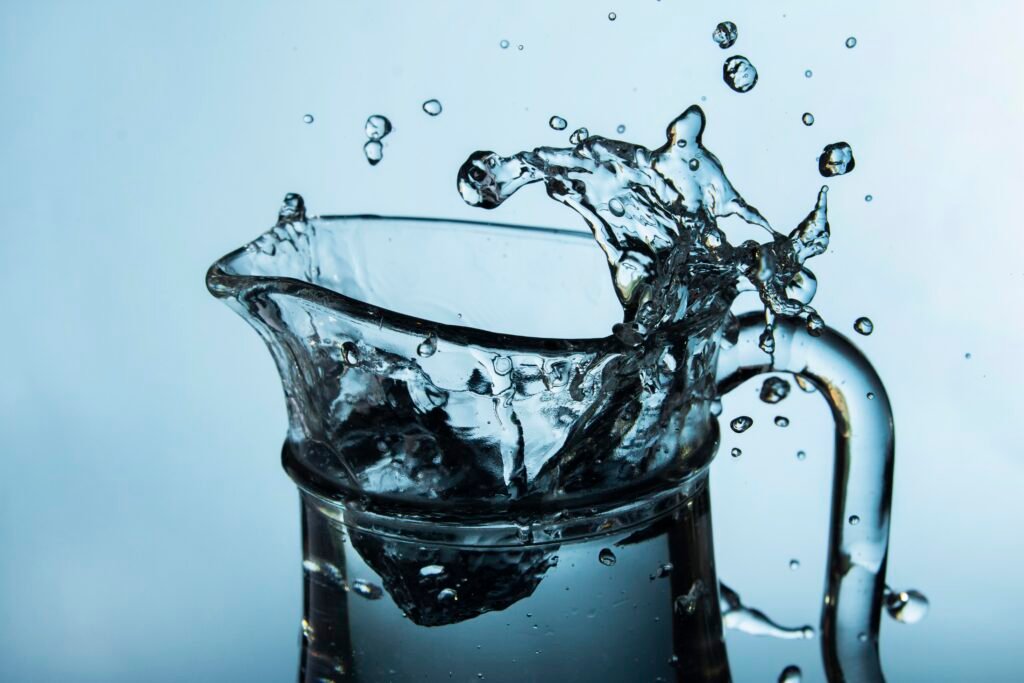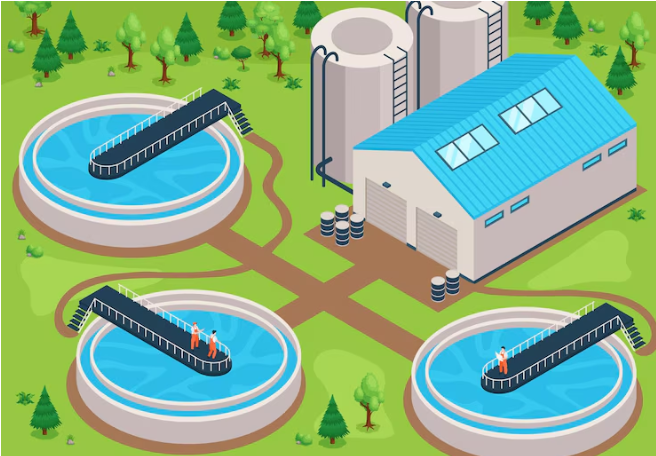Innovations in Sewage Treatment for Urban Areas
Sewage Treatment and wastewater management become extremely challenging, With increasingly urbanizing societies and expanding cities. Most commonly used traditional sewage and wastewater management techniques cannot cope with the needs of a growing urban society. Innovations are, therefore, highly necessary to ensure efficient, sustainable water management for better-quality environments. This article presents innovations in the management of sewage that transform how cities handle their wastewater, bringing about friendly conditions for the environment.

1. Membrane Bioreactors (MBRs): Enhancing Treatment Efficiency
Membrane Bioreactors (MBRs) have revolutionized sewage treatment, particularly in densely populated urban areas. An MBR combines a traditional biological treatment process with membrane filtration, effectively treating wastewater while reducing the space required for treatment facilities.
Key Advantages:
- Compact Design: MBR systems are ideal for urban areas where space is at a premium. Their small footprint allows them to be installed in crowded cities without requiring large areas of land.
- High-Quality Effluent: MBRs produce a higher quality of treated water compared to conventional systems. This water is suitable for reuse in various applications, such as irrigation, industrial processes, and even potable water after further treatment.
- Improved Contaminant Removal: The membrane filtration process effectively removes pathogens, bacteria, and suspended solids, making MBRs highly efficient for urban sewage treatment.
Sarvo Water’s implementation of MBR technology allows cities to upgrade their existing sewage treatment infrastructure to meet the growing demands of urban populations while ensuring high water quality standards.
2. Dissolved Air Flotation (DAF): Efficient Removal of Solids and Oils
Dissolved Air Flotation (DAF) is another innovative solution gaining popularity in urban sewage treatment, particularly for the removal of grease, oils, and suspended solids. DAF technology works by dissolving air into the wastewater under pressure and releasing it in a flotation tank. The dissolved air forms tiny bubbles that adhere to the suspended particles, causing them to rise to the surface where they are skimmed off.
Key Features:
- High Efficiency in Removing Contaminants: DAF systems are highly effective in separating grease, oils, and solid matter from wastewater. This is especially beneficial in industries and restaurants that discharge large amounts of oils and fats.
- Compact Footprint: DAF systems are compact and suitable for installation in urban settings, where space is limited.
- Versatility: DAF systems can handle high contaminant loads, making them suitable for a variety of industries and municipal applications.
Sarvo Water has incorporated DAF technology into its sewage treatment solutions, offering industries and municipalities an efficient way to treat wastewater and reduce its environmental impact.
3. Anaerobic Digestion: Transforming Waste into Energy
Anaerobic digestion (AD) is a game-changing technology in sewage treatment, particularly in urban areas where the volume of organic waste is significant. Anaerobic digestion is a biological process that breaks down organic matter in the absence of oxygen, producing biogas—a renewable energy source composed primarily of methane and carbon dioxide.
Benefits of Anaerobic Digestion:
- Energy Production: One of the key advantages of anaerobic digestion is the production of biogas, which can be used to generate electricity or heat. This allows sewage treatment plants to become energy self-sufficient, reducing their reliance on external energy sources.
- Reduction in Sludge Volume: Anaerobic digestion significantly reduces the volume of sludge generated during sewage treatment, lowering disposal costs and environmental impact.
- Nutrient Recovery: The byproduct of anaerobic digestion, known as digestate, is rich in nutrients and can be used as a fertilizer in agriculture.
By implementing anaerobic digestion technology, Sarvo Water enables cities to not only treat sewage efficiently but also generate renewable energy from wastewater, contributing to the circular economy.
4. Advanced Oxidation Processes (AOPs): Tackling Resistant Contaminants
Advanced Oxidation Processes (AOPs) represent a set of chemical treatment technologies designed to degrade organic pollutants that are resistant to conventional treatment methods. AOPs work by generating highly reactive species, such as hydroxyl radicals, that break down complex contaminants, including pharmaceuticals, pesticides, and industrial chemicals.
Key Advantages of AOPs:
- Effective Removal of Toxic Compounds: AOPs are highly effective at breaking down toxic organic compounds that may not be fully removed by biological or physical treatment processes.
- Degradation of Micropollutants: AOPs target micropollutants, such as endocrine disruptors and pharmaceutical residues, which are increasingly present in urban wastewater.
- Enhanced Water Reuse Potential: By removing resistant contaminants, AOPs make treated water suitable for a wider range of reuse applications, including irrigation, industrial processes, and potable water after additional treatment.
Sarvo Water leverages AOP technology to ensure that urban sewage treatment plants can handle even the most challenging wastewater streams, contributing to improved water quality and environmental protection.
5. Decentralized Wastewater Treatment Systems: A Scalable Solution
Traditional centralized sewage treatment systems can be challenging to implement in rapidly growing urban areas, where infrastructure development often lags behind population growth. Decentralized wastewater treatment systems offer a scalable and flexible alternative that can be installed close to the source of wastewater generation, reducing the need for extensive sewer networks.
Advantages of Decentralized Systems:
- Scalability: Decentralized systems can be scaled up or down depending on the needs of a particular area. This makes them ideal for growing urban centers, where wastewater treatment demands are constantly changing.
- Reduced Infrastructure Costs: By treating wastewater close to its source, decentralized systems minimize the need for extensive sewer networks and reduce infrastructure costs.
- Faster Implementation: Decentralized systems can be deployed more quickly than centralized systems, providing immediate solutions to wastewater treatment challenges in rapidly growing urban areas.
Sarvo Water offers decentralized treatment systems that can be tailored to the specific needs of urban communities, providing a flexible and cost-effective solution to sewage treatment.
Conclusion
Innovation in sewage treatment technologies is of utmost importance as a response to the growing complexity of urbanization. Cities are growing at rapid speeds and so are the critical water issues due to the need for efficient, scalable, and sustainable solutions in the management of water quality. MBRs, DAF, Anaerobic Digestion, and AOPs represent substantial improvements in advantages over traditional treatments and could ensure improved quality of the water being treated, lesser impact on the environment, and resource recovery.
Sarvo Water is one of the leading companies that integrate these innovations into urban sewage treatment systems, hence making it possible for cities to meet an ever-increasing necessity for effective wastewater management while protecting the environment and promoting sustainability.
FAQs
1. What are Membrane Bioreactors (MBRs)?
MBRs combine biological treatment with membrane filtration to produce high-quality effluent suitable for reuse. They are compact, efficient, and ideal for space-constrained urban areas.
2. How does Dissolved Air Flotation (DAF) work?
DAF injects air into wastewater, causing suspended solids, oils, and grease to float to the surface, where they are skimmed off.
3. What is anaerobic digestion?
Anaerobic digestion is a process that breaks down organic matter in the absence of oxygen, producing biogas that can be used for energy.
4. What are Advanced Oxidation Processes (AOPs)?
AOPs use chemical reactions to degrade resistant organic pollutants in wastewater, improving water quality and enabling reuse.
5. What are decentralized wastewater treatment systems?
Decentralized systems treat wastewater close to its source, reducing the need for extensive sewer networks and providing scalable solutions for growing urban areas.



